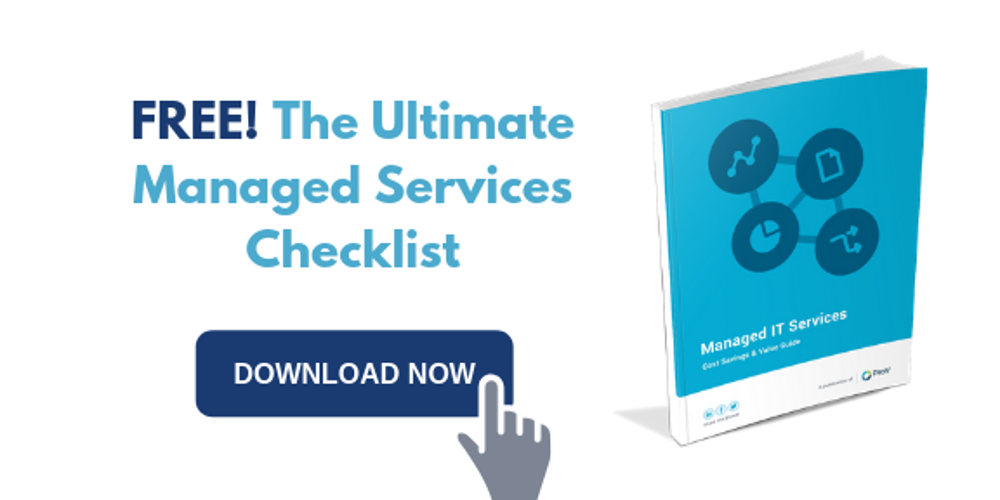Every business has its own set of risks and vulnerabilities. As information technology (IT) within businesses has grown to take up strategic importance, their rapid deployment and lack of regulatory compliance creates risk. These deficiencies in IT monitoring and maintenance can have a significant impact on your organization. While new IT risks may arise every day as a byproduct of technological advancements, it's always beneficial to have an idea about what you must defend against, to be better prepared. With that in mind, here we list 5 hidden IT risks you need to be mindful about.
1) Bring Your Own Device and Access Control
Employees, consumers, and organizations have mostly all jumped on the “Bring Your Own Device (BYOD)” trend in 2017. While this policy undoubtedly allows for a better work-life balance and cost-efficiencies for both the employee and the enterprise, it does have its share of risks. Privileged user access for critical data is often transferred to the employees’ own device. This might be a corridor into data loss if you’re not smart. Steps should be taken to ensure the data is encrypted and that the employees do not misuse their power or commit cyber espionage.
2) Weak Passwords
You’ve probably heard of the importance of strong passwords by now. Yet, it continues to mystify many. If you set a weaker password just because it is easier for you to remember, you also leave yourself open to threats. There is no way to escape it. Here are some of the best practices for creating a strong password:
- Minimum length of 13-characters
- Use uppercase, lowercase, numbers, and special characters
- Don’t use easily shared info like your name, address, birthdays, phone numbers, etc.
- Use a password manager
- Don’t use the same password for all accounts
- Keep changing your password periodically
3) ITIL Compliance
The information technology infrastructure library (ITIL) is a comprehensive set of best practices used to develop and execute IT service management (ITSM). Failure to comply with ITIL guidelines can not only leave you exposed to threats, but also legal trouble. It's mandatory for you to ask about it before partnering with any managed service provider (MSP).
4) App-Based Attacks
As technology has grown accustomed to storing and using personal information for user convenience, it has also opened a shady window for troublemakers to gain illegal access into them. Viruses, malware, ransomware, and skimmers are all examples of threats that can harm your data and business if proper checks are not put in place. Using licensed products and updated security configurations and firewalls are a good guard against such attacks. Although, detailed security plans can be drawn out with your managed service partner.
5) Disaster Recovery and Business Continuity
What will do you when disaster strikes? Service outages are likely to cost you more than the physical damage of a storm or a wildfire. More importantly, disaster recovery plans don’t just guard against natural disasters or “acts of God,” they also protect against man-made disasters and many variations of web-app attacks. Whether you outsource your IT to a managed IT provider or choose to handle it in-house, you need a business continuity plan to ensure long-term success.
Are you looking to partner with a managed service provider to ease your IT needs? ProV is a dedicated MSP with years of experience under its belt of providing faster response times, technology advances, and expert information management and delivery. Our dedicated service help desk, monitoring, and alert services maximize your uptime and our devoted remote infrastructure support ensures your 24/7/365 business continuity. To learn more about what an ideal managed service provider looks like download our FREE Managed Services checklist below. For anything else, drop a comment below or contact us today.

